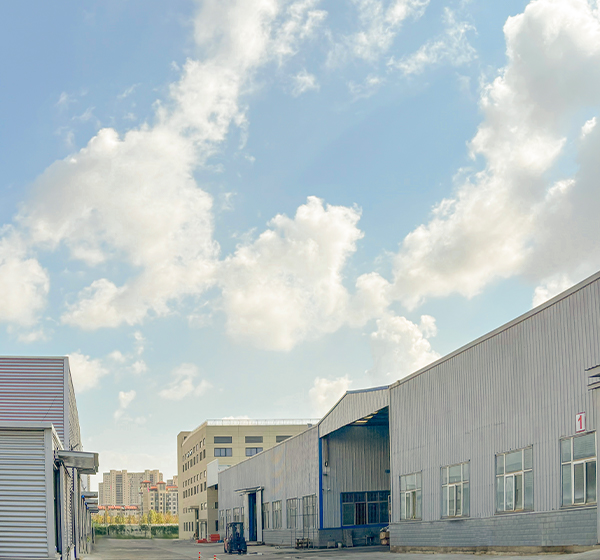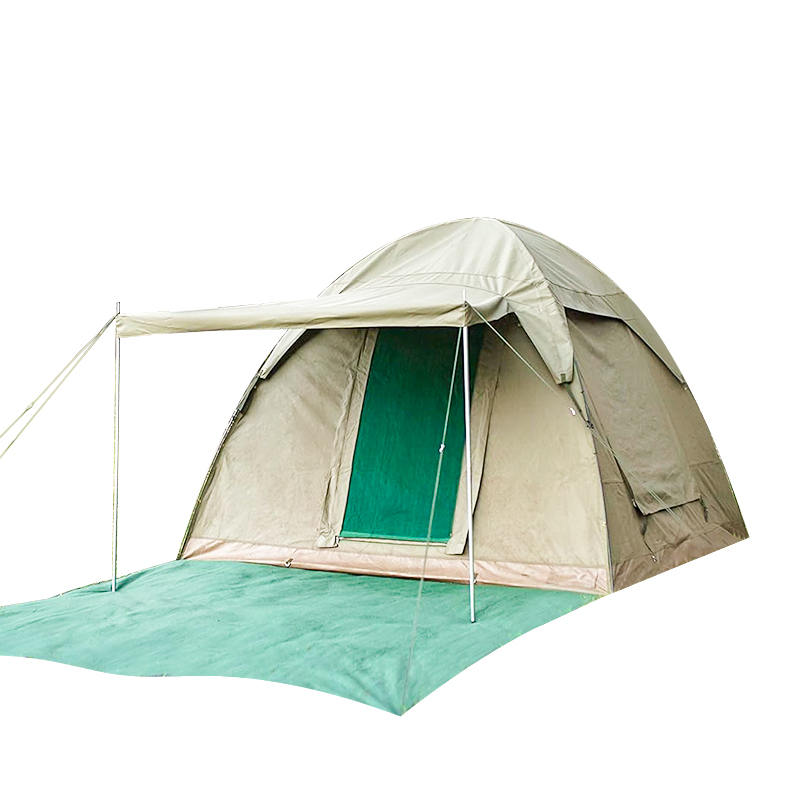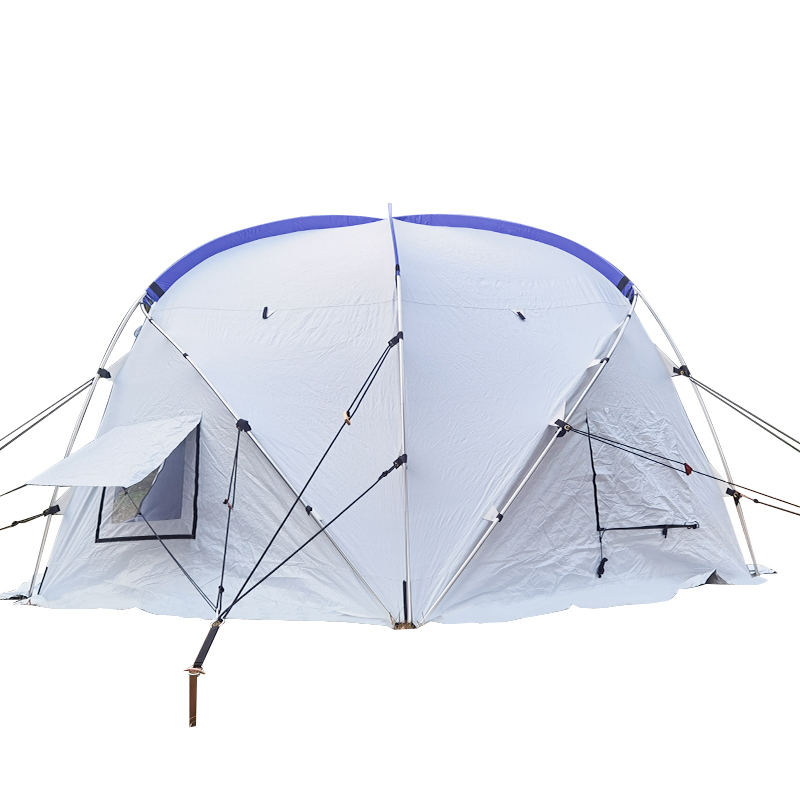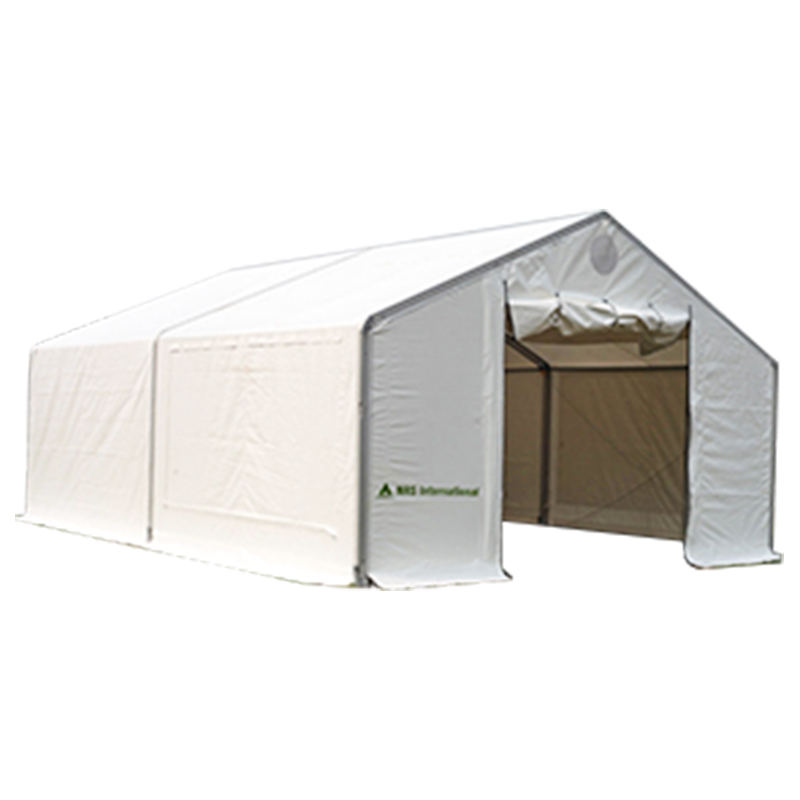-
 ICRC/IFRC Standard 33.6m² Multi-Purpose Shelters Tent Base Tent
ICRC/IFRC Standard 33.6m² Multi-Purpose Shelters Tent Base TentMultipurpose Tent
-
 IFRC Standard 27.5m² Multi-purpose Dispensary Tent
IFRC Standard 27.5m² Multi-purpose Dispensary TentMultipurpose Tent
-
 UNICEF Standard 24m² Multipurpose Huggy Tent
UNICEF Standard 24m² Multipurpose Huggy TentMultipurpose Tent
-
 UNICEF Standard 42m² Multipurpose Fire Retardant Huggy Tent
UNICEF Standard 42m² Multipurpose Fire Retardant Huggy TentMultipurpose Tent
Multipurpose Hospital tent Tent Manufacturers
Products & Solutions
CONTACT US
-

+86 15695147631
-

-

No.9 Kangmin Road, Automobile industry Park, Yizheng City, Jiangsu Province, China
Multipurpose tent for use as dispensary, hospital, feeding centre, cholera camp, warehouse, office or short term accommodation for teams.
Lightweight equipment, particularly intended for areas that can only be reached by air.
Can be used as a module to make up tents of 90 m2, 135 m2, etc.
Multipurpose tents are a standard tool of the humanitarian sector to support programs as well as operations in disaster responses throughout the world. Multipurpose tents are commonly used for the following functions: child friendly space, classroom, school staff offices, youth activities, recreation, psychosocial support, basic
health, peripheral health services, nutrition, baby care, early childhood care and development, mother support, hospital/ clinic, administrative office, storage/ distribution, dispensary, warehouse, media briefing center, staff offices and staff accommodation.

-

What Do Waterproof Ratings for Camping Backpacking Tents Actually Mean? Waterproof ratings (measured in millimeters, mm) quantify a tent’s ability to resist water penetration, based on standardized hydrostatic head testing. The rating represents the height of a water column the t...
READ MORE -

What core fabrics lay the foundation for windproof and waterproof relief tent? The windproof and waterproof performance of relief tent starts with the selection of core fabrics, which must withstand harsh natural conditions such as strong winds, heavy rains, and even hailstorms i...
READ MORE -

What Cost Advantages Make Warehouse Tents More Economical Than Traditional Warehouses? The core appeal of warehouse tents lies in their significant cost savings, which can reach up to 50% compared to traditional brick-and-mortar warehouses. First, the construction cost is far low...
READ MORE
1. Multipurpose tents are designed to be "versatile" for various scenarios. What core features must be present in their design to ensure they are suitable for camping, outdoor work, and emergency shelters?
To achieve multi-scenario adaptability, a multipurpose tent must possess three key characteristics: structural flexibility, performance compatibility, and functional expandability. Structurally, a modular design is required. For example, the tent body can be quickly disassembled or assembled, allowing it to serve as a standalone tent for one or two people camping or expand into a multi-person outdoor work tent through assembly. The frame must also be lightweight and stable (such as with adjustable aluminum alloy poles) to meet the portability requirements of camping and the load-bearing requirements of outdoor work. Performance must balance the core requirements of various scenarios: a waterproof rating of ≥1500mmH₂O to withstand both rain during camping and as an emergency shelter, a fabric abrasion resistance of ≥500D to meet the friction losses of outdoor work, and basic breathability to prevent heat and humidity during camping. Functionally, expansion interfaces must be reserved, such as the ability to add a sunshade for camping, external rain skirts to enhance wind resistance in emergency shelters, and side window mesh to meet ventilation needs for outdoor work. This "basic functions + expansion accessories" approach covers diverse scenarios.
2. the multipurpose tent needs to quickly switch between different scenarios. What convenient solutions are there in terms of accessory design or structural adjustments to enable seamless transitions?
To achieve rapid functional conversion, the multipurpose tent simplifies operation through quick-release accessories, universal interfaces, and one-touch structural adjustment. Regarding accessories, modular expansion components are available. For example, a ground mat and storage bag can be quickly installed for camping, replaced with a tool rack and work surface for outdoor work, and an insulation lining can be added for emergency situations. All accessories utilize snap-on connections and can be removed and replaced without tools. Regarding structural adjustments, an adjustable support system has been designed. For example, the height of the tent's top pole can be quickly adjusted using a telescopic buckle. Lowering it for increased wind resistance during camping, raising it for easier standing operation during outdoor work, and adjusting it to a sloped top for faster drainage in emergency shelters are also key features. Furthermore, a universal interface design, such as standardized hanging points around the tent, allows accessories (such as lighting and ventilation) to be used interchangeably for different scenarios, eliminating the need to replace entire sets of accessories when switching between scenarios. A single person can complete the functional transition in 5-10 minutes.
3. the space requirements for a multipurpose tent vary significantly depending on the scenario (e.g., compact for camping, spacious for outdoor work, or for accommodating multiple people in an emergency). How can the space design be flexibly adapted to accommodate both large and small sizes?
Flexible spatial adaptability in a multipurpose tent can be achieved through three approaches: a telescopic structure, layered layouts, and external expansion. The tent features a retractable structure. For example, the side walls can be expanded via zippers, expanding the original 15㎡ space to 25㎡, meeting the needs of accommodating multiple people in emergency situations. When camping, the side walls can be retracted to reduce the size for easy portability. Internal partitions (such as removable curtains) divide the compact space into resting and storage areas. For layered utilization, the design incorporates a three-dimensional space structure. Storage bags can be hung from the top during camping to utilize vertical space. Tiered shelves can be added for tool storage during outdoor work. In emergency situations, bunk beds can be installed to increase capacity, overcoming the limitations of flat space. For external expansion, the tent features standardized joints that allow it to be connected to other tents of the same size to create a larger space. An external vestibule module can also be added to relocate camping gear storage and outdoor material storage to the vestibule, allowing the main space to be flexibly adjusted based on core needs.
4. Multipurpose Tents: Given the diverse requirements of outdoor wear and tear, camping portability, and emergency durability, how should fabric and frame material selection be balanced to avoid being "suitable for one scenario but weak in others"?
Material selection must adhere to the principle of "core performance + enhanced application-specific features" to balance the needs of multiple scenarios. For fabrics, prioritize cost-effective composite polyester fabrics. Basic performance must meet the following criteria: abrasion resistance ≥ 600D to withstand outdoor wear and tear, water resistance ≥ 2000mmH₂O for emergency rain protection, and breathability ≥ 5000g/㎡/24h to ensure comfortable camping. Furthermore, performance enhancements tailored to specific scenarios are implemented, such as adding a UV-resistant coating (UPF 50+) to the surface fabric for outdoor use, flame-retardant treatment for emergency fabrics, and lightweighting (weight ≤ 200g/㎡) for camping fabrics. This balance is achieved through a "basic fabric + application-specific coating" approach. The frame is made of high-strength aluminum alloy, and the pole diameter can be adjusted to suit the specific application (e.g., 8mm thin poles for reduced weight when camping, 10mm thick poles for increased load-bearing capacity for outdoor work and emergency situations). The frame connectors are universal, allowing poles of varying lengths to be interchanged for each application, eliminating material limitations specific to a single application. Furthermore, leveraging Yangzhou Mailenda Outdoor Products Co., Ltd.'s over 20 years of experience in processing steel, aluminum, polyester, and other materials, we ensure a precise match between material performance and application requirements.
5. What differentiated features or configurations does the Multipurpose Tent offer for both home users (suitable for both family camping and family emergencies) and professional users (suitable for outdoor work and rescue operations) to meet the needs of different groups?
For both home and professional users, the Multipurpose Tent offers differentiated configurations: "Basic" and "Professional." The Family model focuses on "safety, convenience, and a warm and inviting atmosphere." It features a rounded-corner frame and non-toxic, eco-friendly fabric (OEKO-TEX certified) to ensure safety for family camping. Multiple storage pockets and a separate children's play area cater to both family storage and children's play. In emergency situations, it can be quickly deployed as a temporary shelter for 3-4 people and comes with a simple setup guide, making it suitable for family use. The Professional model emphasizes "durability and professional functionality." It's made of abrasion- and tear-resistant 1000D polyester fabric, and its frame is treated with corrosion protection to withstand the harsh conditions of outdoor operations. It also includes specialized accessories such as a waterproof tool kit for outdoor operations, emergency lighting connectors for rescue scenarios, and medical equipment mounting straps. Its structural strength is enhanced, with a wind resistance rating of ≥8 and a load capacity of ≥100kg, meeting the demands of high-intensity professional use. Both models share a common basic structure, differentiated only by accessories and material details, catering to different audiences.
6. Multipurpose tents may experience wear and tear due to frequent switching between scenarios over long periods of use. Is the accessory system universal and interchangeable to reduce ongoing maintenance costs?
To reduce maintenance costs, a multipurpose tent's accessory system must be highly versatile, easily replaceable, and low-cost. Regarding interoperability, core components (such as frame connectors, expansion ports, and zippers) should be standardized, allowing them to be used interchangeably across different scenarios. For example, ground spikes for camping and anchors for outdoor work are the same specifications, and emergency rain skirts can be used interchangeably with camping tents, eliminating the need to purchase separate accessories for different scenarios. Regarding interchangeability, accessories should utilize snap-on or zipper connections, allowing for individual removal and replacement without specialized tools. For example, a worn ground mat or damaged screen can be removed and replaced individually without replacing the entire tent. Regarding cost control, brands should provide a separate accessory replacement channel, with accessories priced at less than 10% of the price of the entire tent. Brands should also design sets of easily damaged accessories (such as ground spikes, zipper pulls, and repair sheets) to facilitate bulk stocking and reduce ongoing maintenance costs.
7. Multipurpose tents require rapid response in emergency situations (such as sudden rainfall or temporary shelters). What standards must be met for both setup efficiency and storage portability to meet these requirements?
In emergency situations, the setup and storage of multipurpose tents must meet the standards of "fast and efficient," "portable and easy to carry," and "no specialized skills required." Regarding setup efficiency, they utilize a quick-open or semi-quick-open structure, allowing one person to complete the basic setup in as little as 3-5 minutes. For example, pre-installed elastic brackets automatically unfold and form into a single configuration, requiring only anchoring. Clear illustrated building guides highlight key steps and common pitfalls, making them easy to use even for inexperienced users. Regarding storage portability, the tent's collapsed volume must be ≤60cm × 20cm × 20cm and weigh ≤8kg, allowing it to be carried by one person or stowed in a car trunk for convenient emergency transport. Storage requires no complex folding; a "roll-up" design allows the tent body and frame to quickly roll into a cylindrical shape, reducing storage time. Furthermore, in emergency situations, the tent requires tool-free construction. Ground spikes and wind ropes can be installed manually to avoid delays due to tool shortages. This efficient construction design relies on the automated cutting and welding equipment of Yangzhou Mailenda Outdoor Products Co., Ltd. to ensure the accuracy of the tent structure and ease of construction.


 English
English 中文简体
中文简体 Español
Español 日本語
日本語 русский
русский عربى
عربى







